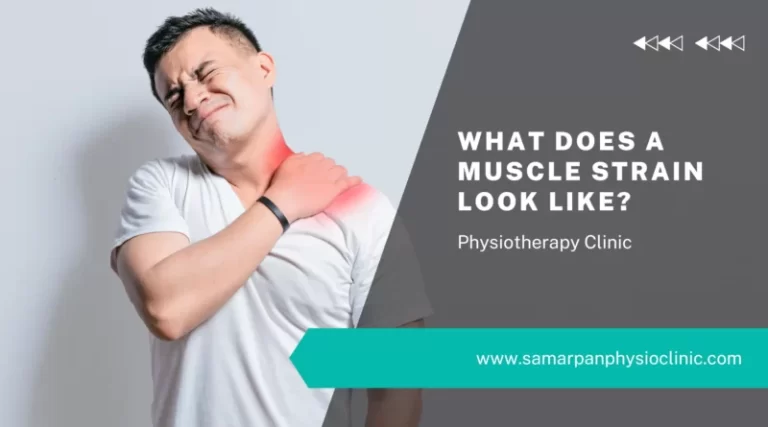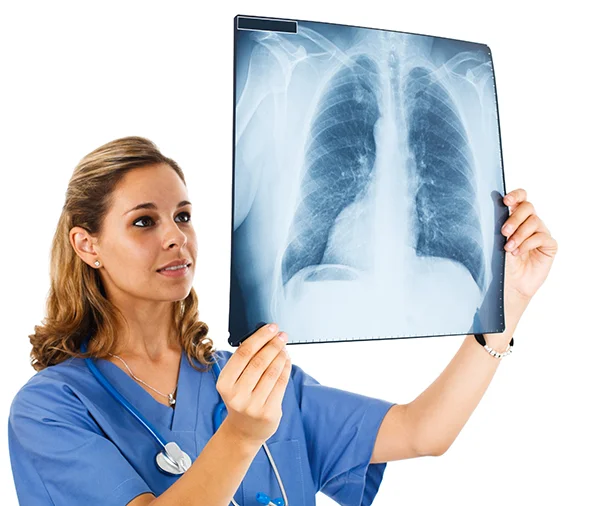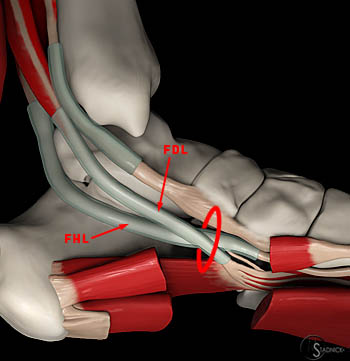Bone cyst:

Bone cysts are fluid-filled spots that form in bone. Most go away on their own over time. Bone cysts are generally diagnosed through X-rays, often when a child is being seen for another condition. While there are often no symptoms, bone cysts can cause the bone to be weak enough to fracture when it otherwise wouldn’t.
A bone cyst is a fluid-filled hole that develops inside a bone. They mostly occur in children and young adults. However, larger cysts can cause a bone to weaken, making it more vulnerable to fracture.
Table of Contents
Causes of Bone cyst:
unicameral bone cysts – fluid-filled holes that may form if fluid doesn’t drain properly from a bone as it’s growing. aneurysmal bone cysts – blood-filled holes that may be caused by a problem with the blood vessels in a bone (possibly due to an injury or a non-cancerous growth)
Types of Bone cyst:
There are two main types of bone cysts.
Unicameral bone cysts–Unicameral bone cysts can develop anywhere in the body, although 90% of cases involve either the bone of the upper arm or the thigh bone. They often do not need treatment. Most cases affect younger children between five and 15 years of age, with the average age at diagnosis being nine years. Boys are twice as likely to be affected by a unicameral bone cyst as girls.
Aneurysmal bone cyst–Aneurysmal bone cysts can also develop anywhere in the body. However, most cysts develop inside: the bone of the thigh, lower leg, or upper arm the vertebral bones (in the spine)Aneurysmal bone cysts are thought to be very rare, affecting about one in every million people in any given year. They are not cancerous, but they can –grow quickly and disrupt the normal workings of the affected bone.
Symptoms of Bone cyst:

Bone cysts do not usually have any symptoms. They may not be discovered until you fracture (break) the bone, or until you have an X-ray.
Diagnosis:
Bone cysts can usually be diagnosed by looking at an X-ray of your child’s bone. This will highlight any hollow cavities or fractures in the bone. In many cases, a bone cyst will only be discovered by chance when X-rays are used to diagnose an unrelated condition. Alternatively, a diagnosis may be confirmed after the affected bone has been fractured. Most cases of aneurysmal bone cysts affect young people who are between 10 and 20 years of age. It is thought that aneurysmal bone cysts are slightly more
Treatment of Bone cyst:
Most bone cysts heal within six months to a year without the need for treatment. If a bone cyst does not get better, or if treatment is recommended to help reduce the risk of a fracture, several treatment options are available. For example, steroids may be injected into the bone to encourage the cyst to heal. If the bone is still not healing, surgery may be needed to treat the cyst. However, there is a one in three chance that a bone cyst will recur in the future, usually within two years.
Many bone cysts heal without treatment. However, treatment is sometimes necessary if the cyst is painful or to prevent the bone from fracturing.
Unicameral bone cyst
If the cyst is small and the affected bone is strong, a policy of watchful waiting may be recommended. This means your child will not receive any immediate treatment, but they will be given regular check-ups to make sure the cyst is not getting larger. About one in four unicameral bone cysts heal by themselves without the need for treatment.
Surgical treatment may be recommended if the cyst does not show any signs of healing or if the bone is thought to have a high risk of fracture. There are three main types of surgical treatment: steroid injection bone marrow injection curettage and bone grafting. All three techniques are carried out under general anaesthetic, which means that your child will be asleep during the surgery and will not feel any pain. In some cases, a combination of two or all three techniques may be used. Each technique is discussed in more detail below.
Steroid injection
A type of steroid called methylprednisolone acetate is the preferred steroid for this type of treatment. It is thought that methylprednisolone acetate encourages the stimulation of a chemical called prostaglandin, which helps prevent the cyst from growing. The surgeon will drain the fluid out of the cyst before injecting the steroids into it. Repeated injections may be required every few months over the course of a year before the cyst fully heals. As steroid injection is a relatively straightforward type of treatment, it is often the first treatment to be used. Additional treatment options will only be used if the cyst shows no sign of healing.
Bone marrow injection
Bone marrow injection is similar to a steroid injection. The surgeon injects the cyst with bone marrow that has been removed from another part of your child’s body, usually their pelvis. Bone marrow contains specialized cells which should encourage the cyst to heal. In most cases, a single injection of bone marrow is required.Curettage and bone grafting
During this procedure, a surgeon cuts into the bone to gain access to the cyst. The fluid inside the cyst is drained and the lining of the cyst scraped out using a tool called a curette. The resulting cavity inside the bone is filled with chips of bone, either from other parts of your child’s body or from donated bone tissue.
Follow-up In around 10-20% of cases, bone cysts may recur during the first two years after treatment, especially with larger cysts or in young people. Therefore, it is likely your child will have regular X-rays to assess the condition of the previously affected bone. It is impossible to predict the recurrence rates of bone cysts that do not cause any symptoms because most go undiagnosed. Aneurysmal bone cyst
Aneurysmal bone cysts are typically treated using curettage and bone grafting, as described above. In some cases, additional treatments such as liquid nitrogen (a very cold substance) may be used to damage the tissue of the cyst. Some aneurysmal bone cysts will heal spontaneously following a simple biopsy. About one in five aneurysmal bone cysts will recur following treatment, almost always within the first 18 months.




